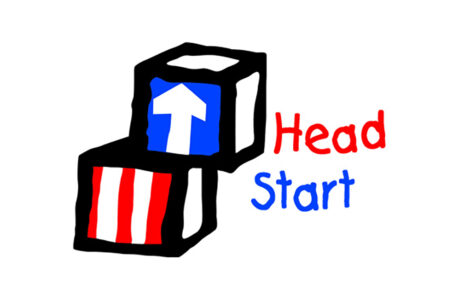By Robbie Jimerson
I hope this writing finds you and your family healthy and in good spirits. I thank you for taking the time to read this and I am writing in an effort to bring to light and educate others about the concerning situation that faces the Steelhead that travel and spawn in our river system. Steelhead are lake or ocean run Rainbow trout, meaning that they spend the Summers in the cold water depths of a lake or ocean and run into river systems to make the trip to their spawning grounds. In the case of the Steelhead that we fish on the Cattaraugus Reservation, these particular Steelhead spend their summers in Lake Erie and enter what we call the “Big Creek” (Cattaraugus Creek) and Clear Creek in the Fall. Some fish hold over in these waters all Winter and Spring until the water temperatures warm up and they return back to Lake Erie.
Unfortunately every Fall for the past few years the number of Steelhead that enter our river has declined. No one really knows the reason why, but possibilities include pollution, increasing lake temperatures, increased fishing pressure, and even our own spearing practices could contribute to the decreasing returns.
Unfortunately this problem is not unique to our river. Steelhead numbers are declining in many other rivers across the world. In an effort to protect these fish some of the decision makers on these other rivers have increased regulations and rules to decrease the number of steelhead caught. Research shows that as catch rates decrease the number of Steelhead increases. Research also indicates that the mortality rate of practicing catch and release is about 5%. Meaning that if 20 fish are caught and released, 1 fish will still die. So lowering the number of fish caught, lowers the number that die. Lowering the catch rate can come in many forms: shutting down all fishing on a river for an extended period of time, shortening the fishing season, restricting productive fishing methods, etc. These are proven methods as shown by the Yurok tribe that shutdown commercial fishing for 3 years to decrease catch rates and allow the fish population to increase. As you can imagine there was backlash from some of the fishermen but I applaud the decision to put the fish first.
I have been lucky enough to travel our area as well as the West Coast to fish for Steelhead. During these times I’ve talked with a lot of other people concerned with the challenges facing Steelhead. I’ve fished the Sandy River in Oregon where all wild fish are strictly catch and release. Also there are places in the state Washington that has made it harder for fishermen to catch fish by restricting the ability to use productive methods of fishing such as not being able to utilize floatational devices or the use of live bait. There are many other rivers that are more restrictive.
There are essentially no such restrictions to the Non-Native fishermen that frequent our territory to fish. There is also no limit on the number of licenses sold each year to Non-Native fishermen. This past Fall season was the busiest that I’ve ever seen with an increased number of fishermen coming from Ohio and Pennsylvania (States listed on the Seneca Nation Restricted Travel List). Non-Native fishermen are also able to keep up to 3 fish a day. While not all fishermen keep the fish that they catch some do and with a rate of keeping 3 fish every trip, it can lead to a large number of fish being taken from our territory.
I’d like to see more restrictions placed on Non-Native fishermen visiting our territories as well responsible harvesting practices by Senecas (i.e. number of fish harvested spearing). Some of the restrictions I’d like to see enacted are, but not limited to, only catch and release, no live bait or scent, barbless hooks, no fishing when the water temperatures are too warm for lake run fish and to forbid the use of lead.
As Senecas and Native Americans we hold the responsibility to be the stewards of our Mother Earth, the environment and all that she holds. We understand that we are part of and understand our place within this delicate and beautiful system and that we must work together to protect it.
I have talked with some officials and employees about this matter and while nothing has yet come to fruition I am confident that we all will take up our duty and help protect these great creatures. It is time to put the Steelhead first before concern of any possible financial loss or backlash that might ensue from the fishing community. Like so many challenges facing the environment this is an issue that is within our control to address and protect and must be acted on now.
Admittingly I don’t have all the answers in this matter but my goal is to start the conversation on how we can work together to protect the Steelhead. I welcome any and all discussions in this matter.
In closing I’d also like to voice my support for the First Nations fishing club. A club started last year by my fishing buddy and Seneca Josh Van Aernam. The goal of this club is to get other Senecas into fishing our great waters. It is a non-profit organization and has operated out of Josh’s generosity. Josh is also a great example of a fisherman who recognizes the situation and has made changes to how he fishes in an effort to help in this matter.




